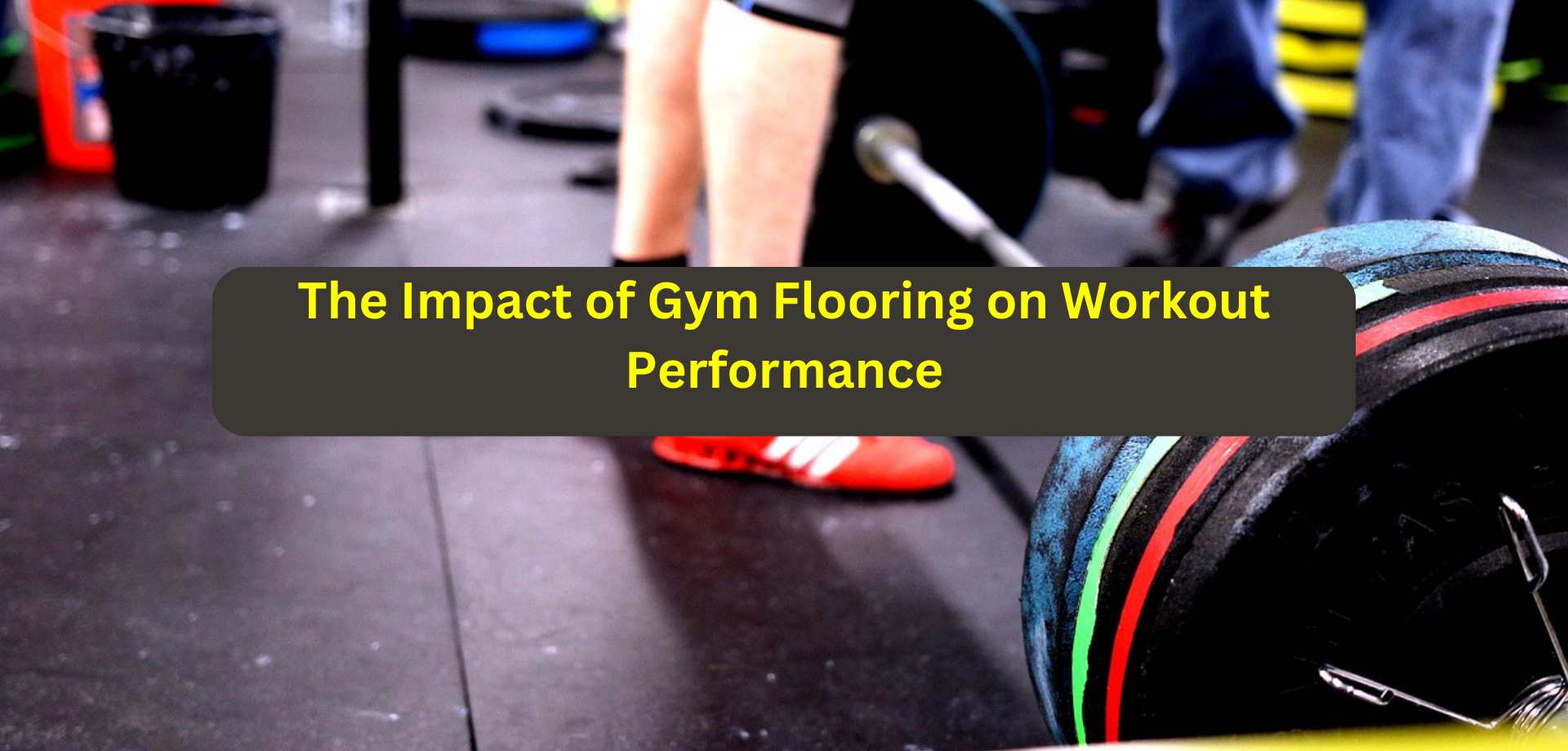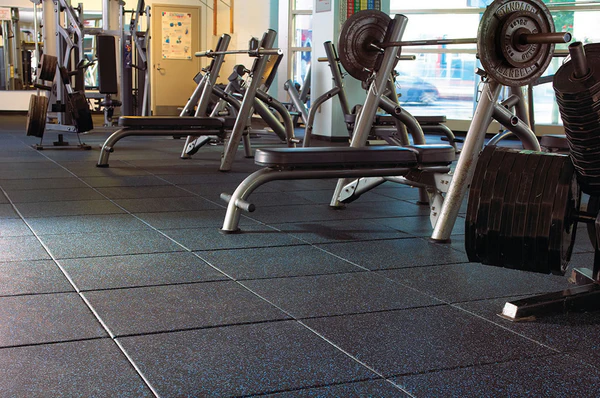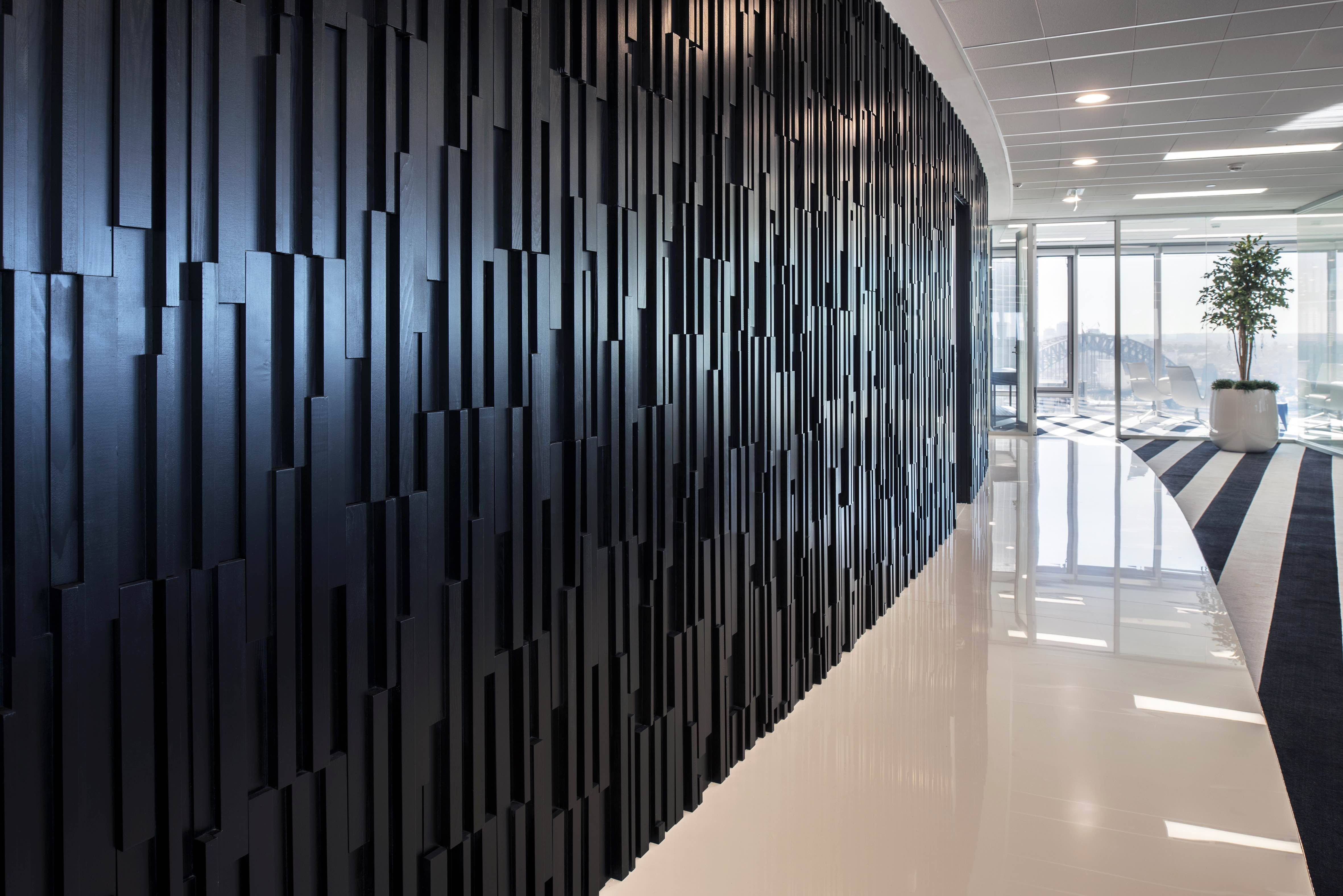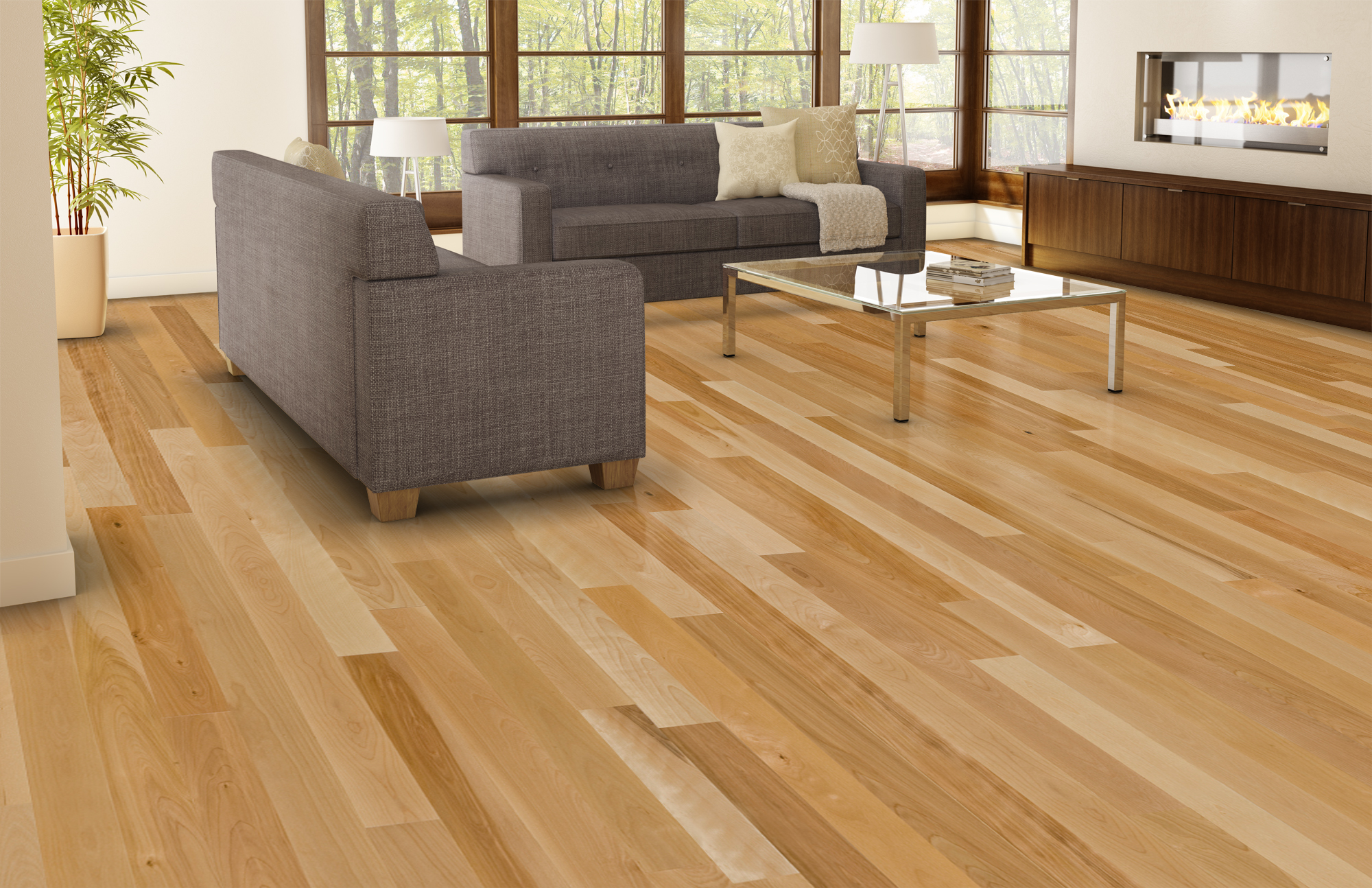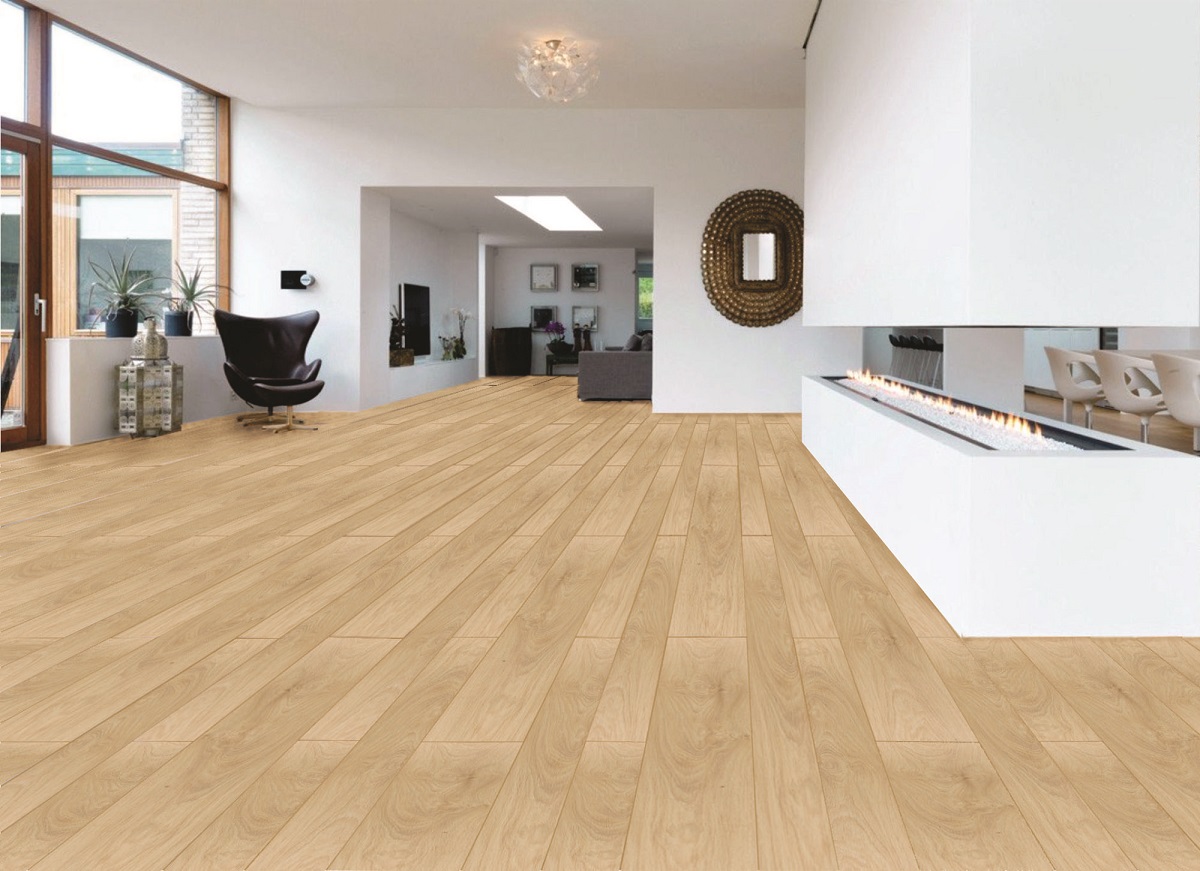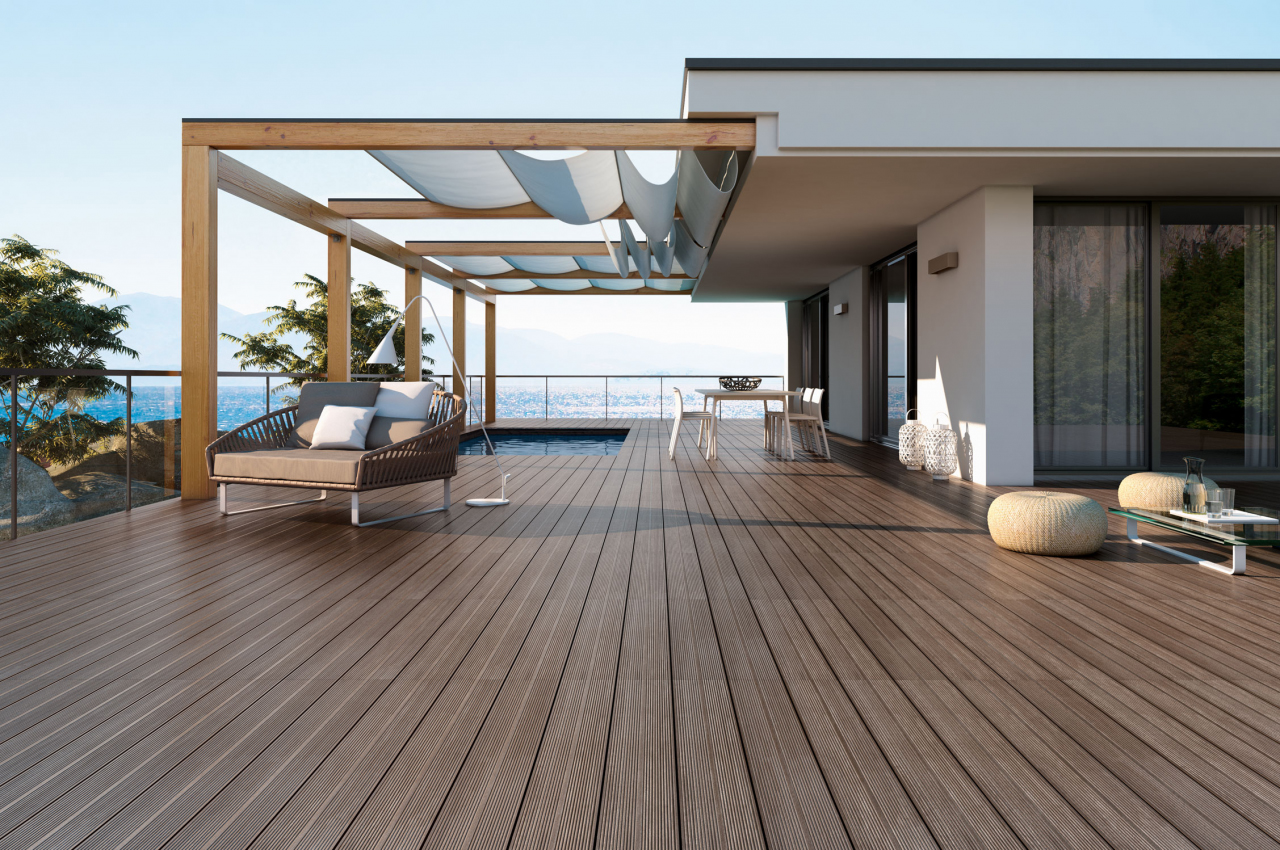Gym flooring might not be the first thing on your mind when hitting the weights or starting a cardio session, but it silently influences your workout experience. ‘The Impact of Gym Flooring on Workout Performance’ uncovers the often-overlooked significance of this essential gym element. Beyond being just a surface, flooring affects our movements, stability, and even the risk of injury during exercises. Each material can either boost or hinder your performance, from rubber mats to specialized surfaces. In this blog, we dive deep into how different gym flooring Dubai can impact weightlifting, cardio, and agility exercises, shedding light on how the right flooring choice can revolutionize your workout routine.
The Role of Gym Flooring in Workout Performance
Gym flooring significantly impacts our workout experience in multiple ways. Firstly, it provides essential support tailored to different exercises, akin to wearing proper shoes. This support is vital for the safety and injury prevention aspect of our workouts, as it cushions our movements, reducing the risk of getting hurt when we push ourselves.
Moreover, the flooring directly influences our stability, balance, and posture during exercises. A stable and supportive floor contributes to better form and balance, enhancing the effectiveness of our workout routines. Ultimately, the right flooring choice aligns with our exercise needs, facilitating smoother movements, improved focus, and maximizing the benefits of each exercise session. Hence, selecting suitable flooring extends beyond mere ground material. It's about optimizing our workout potential while ensuring safety and comfort.
Types of Gym Flooring
Rubber flooring
Rubber gym flooring is a popular choice in many gyms. It's great for reducing slips and falls, giving a cushioning effect to handle intense workouts. Available in mats or rolls for smaller spaces and interlocking tile squares for larger areas, gym rubber flooring dubai suits various gym sizes. The rubber rollers, ranging from 10mm to 14mm thick, offer added protection to the subfloor in intense workout zones. Perfect for compact gyms and free-weight sections, rubber tiles come in diverse colors, though not without imperfections. Overall, this versatile flooring option prioritizes safety, impact absorption, and adaptability, making it a go-to solution for different workout spaces.
Foam flooring
Foam flooring is a great choice for gym floors due to its impact absorption and traction. Available in various sizes and shapes, it offers versatility. Though not as durable as rubber flooring, it's notably more affordable. One of its perks is the ease of replacing worn-out tiles with new ones, simplifying maintenance. Its cushioning effect helps reduce the impact on joints during workouts, enhancing safety. For yoga, workouts, or play areas, foam flooring provides a comfortable surface. Its cost-effectiveness and adaptability make it a popular choice for those seeking reliable and budget-friendly gym flooring solutions.
Vinyl Flooring
Vinyl flooring, a popular choice for gym floors, offers durability and versatility. Its sturdy composition withstands heavy foot traffic and equipment use, ensuring long-lasting performance. Easy to clean and maintain, vinyl floors provide a hygienic surface, which is essential for a healthy workout environment. The cushioned surface reduces impact, protecting joints during exercises. Its non-slip nature prevents accidents, ensuring safety during vigorous workouts. With various designs and colors, vinyl flooring allows customization to match gym aesthetics. Cost-effective and resilient, it serves as an excellent choice for fitness spaces, combining practicality with aesthetic appeal, making it a preferred option for many gyms worldwide.
Impact of Different Flooring Types on Various Workouts
Flooring types significantly impact workout experiences. From the cushioning support of foam for yoga to the firmness of hardwood for weightlifting, each surface influences exercise effectiveness and safety, catering to diverse fitness routines. Now let’s take a look at how different types of flooring affect various workouts in detail.
Cardio Workouts
Cardio workouts, like running, cycling, or jumping rope, heavily rely on flooring that minimizes impact. The surface impacts joint health, influencing endurance and performance. Rubberized or shock-absorbent floors reduce strain on joints, cushioning the impact of each step or jump. These surfaces prevent injuries caused by repetitive motions and provide a comfortable base, promoting longer and more effective workouts. In contrast, hard surfaces like concrete or hardwood may lead to discomfort, increasing the risk of joint stress or injury. Choosing the right flooring for cardio exercises ensures a safer, more comfortable workout experience, enabling individuals to push their limits and improve cardiovascular health.
Strength Training
Strength training demands a sturdy, stable surface. Rubber or foam flooring offers support for weightlifting and bodyweight exercises. It cushions impact from weights, reducing strain on joints while providing a solid base for stability. These floors prevent slips, ensuring a safer environment for lifting heavier loads. They absorb shock, minimizing discomfort and potential injuries. Their firmness aids in maintaining balance, essential for proper form during exercises. This supportive flooring promotes confidence, allowing individuals to focus on technique and strength gains without worrying about the surface beneath them.
Yoga and Flexibility Exercises
Yoga and flexibility exercises thrive on a gentle surface. Foam flooring is like a soft hug for these practices, offering a cozy cushion that makes stretches and poses comfy. It's like walking on clouds, easing the pressure on joints, helping you feel steadier, and making those poses easier to hold.
With this support, there's less discomfort, allowing you to concentrate better on each pose and stretch, fostering a deeper connection between mind and body without any achy distractions.
HIIT or Plyometrics
In high-intensity workouts like HIIT or plyometrics, the floor becomes your ally with rubber or special mats. These surfaces act like shock absorbers, soaking up the impact when you jump, leap, or move swiftly. This helps prevent injuries by easing the stress on your body during these quick, powerful moves. Plus, these floors are like a springboard, making it easier to switch between exercises swiftly and stay agile. With this support, you can push harder without worrying about hurting yourself, giving your all to the workout and feeling more confident in each move. If you are interested in learning more about gym flooring, reach out to our experts at Z&S Carpets.

